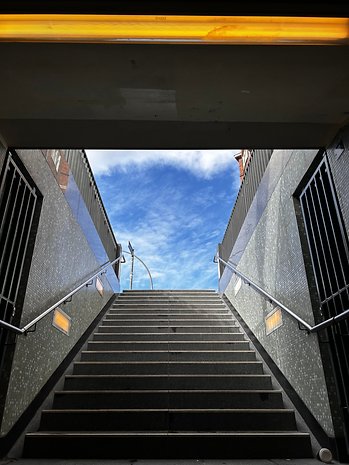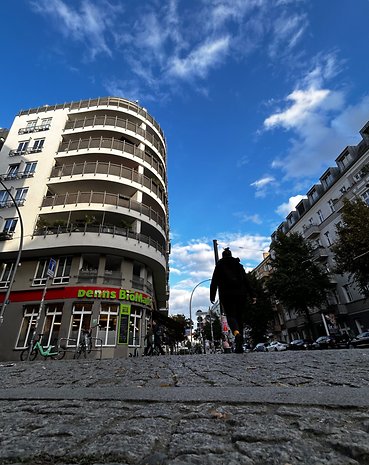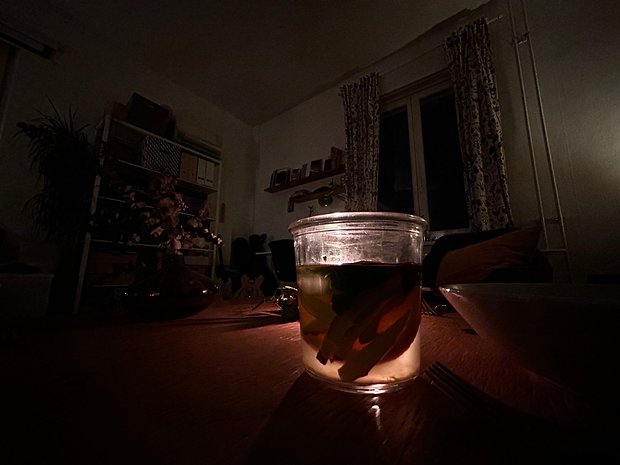iPhone 14 (Plus) vs. iPhone 14 Pro (Max): Which Apple Smartphone to Choose?
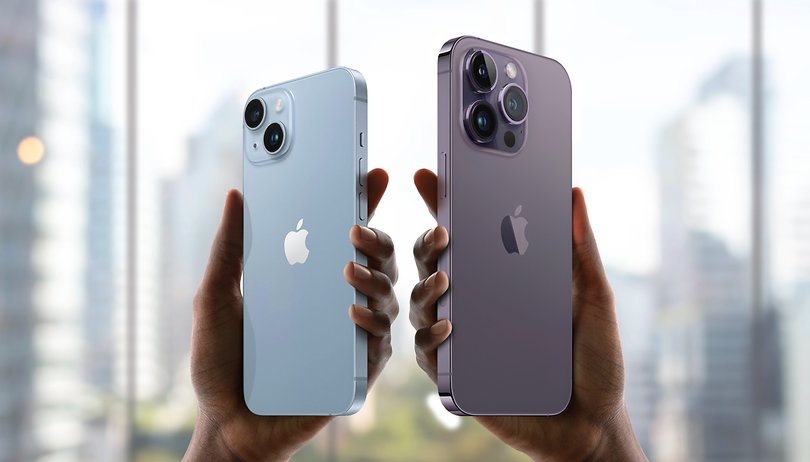

You lust after one of the newest Apple iPhone 14 models on offer and do not know which one to choose? We compared the iPhone 14 and iPhone 14 Pro models to help you decide which Apple flagship to buy in 2023, depending on your needs.
Which iPhone 14 should you buy? Apple has slightly changed its iPhone lineup in 2022. The base model iPhone 14 replaces last year's iPhone 13 mini as the gateway to the catalog. The iPhone 14 Plus is almost identical to the iPhone 14 except that it has a larger screen. The iPhone 14 Pro and iPhone 14 Pro Max are once again higher-tier models within the same range and retain the exclusivity of some novelties like this pill-shaped notch for the front camera.
In this comparison, we'll explain the main differences between all the new iPhone 14 series. So if you're not sure whether to buy the iPhone 14 or the iPhone 14 Pro, this article is for you. If you're open to older models as well, please refer to our guide to Apple's entire iPhone lineup.
Apple iPhone 14 models compared
| Standard iPhone (2022) | Plus model (2022) | Pro model (2022) | Pro Max model (2022) | |
|---|---|---|---|---|
| Product | ||||
| MSRP | from $799 | from $899 | from $999 | from $1,099 |
| Picture |
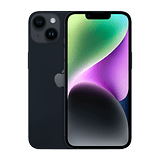
|
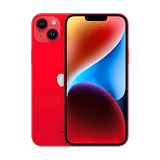
|
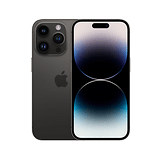
|
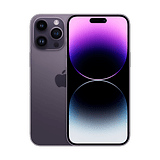
|
| Specifications | Display: 6.1-inch Super Retina XDR OLED, 60 Hz 2532 x 1170 pixels (460 dpi); SoC: Apple A15 Bionic, 5G; Storage: 128 / 256 / 512 GB Dual Camera Module: 12 MP wide-angle camera 12 MP ultra wide-angle camera Released in September 2022 |
Display: 5.4-inch Super Retina XDR OLED, 60 Hz 2340 x 1080 pixels (476 dpi); SoC: Apple A15 Bionic, 5G; Storage: 128 / 256 / 512 GB Dual Camera Module: 12 MP wide-angle camera 12 MP ultra wide-angle camera Released in September 2022 |
Display: 6.1-inch Super Retina XDR OLED, 120 Hz 2532 x 1170 pixels (460 dpi); SoC: Apple A16 Bionic, 5G; Storage: 128 / 256 / 512 GB/ 1 TB Triple Camera Module: 48 MP wide-angle camera 12 MP ultra wide-angle camera 12 MP telephoto lens Released in September 2022 |
Display: 6.7-inch Super Retina XDR OLED, 120 Hz 2778 x 1284 pixels (458 dpi); SoC: Apple A16 Bionic, 5G; Storage: 128 / 256 / 512 GB/ 1 TB Triple Camera Module: 48 MP wide-angle camera 12 MP ultra wide-angle camera 12 MP telephoto lens Released in September 2022 |
| Good |
|
|
|
|
| Bad |
|
|
|
|
| Rating |
|
|
|
|
| Offers* |
Jump to:
- iPhone 14, iPhone 14 Plus, iPhone 14 Pro, iPhone 14 Pro Max prices and availability
- iPhone 14 (Plus) vs iPhone 14 Pro (Max): Design and screen
- iPhone 14 (Plus) vs iPhone 14 Pro (Max): SoC and performance
- iPhone 14 (Plus) vs iPhone 14 Pro (Max): Camera module
- iPhone 14 (Plus) vs iPhone 14 Pro (Max): Interface/OS
- iPhone 14 (Plus) vs iPhone 14 Pro (Max): Battery life and fast charging
- Conclusion: Which iPhone 14 model should I choose?
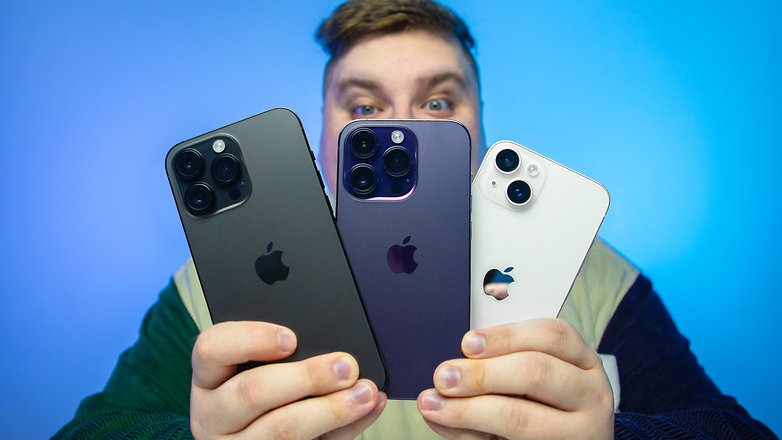
Price and availability of iPhone 14, iPhone 14 Plus, iPhone 14 Pro, iPhone 14 Pro Max
Apple's four new iPhone 14s have been on sale since September 16, 2022. Below is a table of all the different iPhone 14 models and their respective prices:
| iPhone 14 | iPhone 14 Plus | iPhone 14 Pro | iPhone 14 Pro Max | |
|---|---|---|---|---|
| 128 GB | $799 | $899 | $999 | $1,099 |
| 256 GB | $899 | $999 | $1,099 | $1,199 |
| 512 GB | $1,099 | $1,199 | $1,299 | $1,399 |
| 1TB | Not available | Not available | $1,499 | $1,599 |
iPhone 14 (Plus) vs. iPhone 14 Pro (Max): Design and screen
iPhone 14 and iPhone 14 Plus
In terms of design, the iPhone 14 and 14 Plus more or less offer a similar same form factor as the Pro models. They mainly differ by their matte aluminum frame and glossy back. Paying attention to the front, we also noticed that the iPhone 14 and 14 Plus retained the notch from the previous models.
Moreover, the back shows another clear difference with the camera module. The camera module of the iPhone 14 and 14 Plus is far less imposing and contains just two cameras that have been arranged diagonally. Apart from that, the front and the back are always protected by the same Ceramic Shield glass from Apple, making the iPhone 14 and 14 Plus easier to repair as well. The iPhone 14 and iPhone 14 Plus are available in Midnight, Starlight, Blue, Purple, and (PRODUCT)RED.
When it comes to the screen, the iPhone 14 and 14 Plus both feature the same Super Retina XDR screen at 6.1-inches and 6.7-inches, respectively. Both screens have a refresh rate of 60 Hz and a maximum brightness (peak) reaches of just 1,200 nits.
The iPhone 14 and 14 Plus screens also lag a bit in terms of resolution at 2532 x 1170 and 2778 x 1284 pixels, respectively, against 2556 x 1179 and 2796 x 1290 pixels on the iPhone 14 Pro and 14 Pro Max.

iPhone 14 Pro and iPhone 14 Pro Max
The iPhone 14 Pro and 14 Pro Max are more visually striking compared to their lesser brethren. Indeed, they feature a new front panel marked by the disappearance of the notch in favor of the Dynamic Island.
While the design is certainly old, it still remains successful thanks to the excellent finish by Apple. The iPhone 14 Pro and 14 Pro have a shiny stainless steel frame and a beautiful matte back that is pleasant to the touch, and almost does not pick up any fingerprints. Speaking of the back, the camera module is far larger, and Apple offers its iPhone 14 Pro and 14 Pro Max in Black, Silver, Gold, and Deep Purple hues.
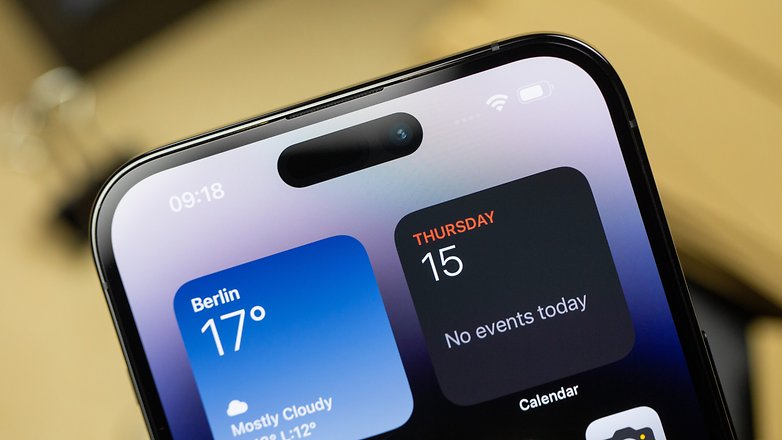
As for the screen, we did mention earlier that the Pro models have sharper Super Retina XDR displays with the 2556 x 1179 pixels resolution on the 14 Pro and 2796 x 1290 pixels on the 14 Pro Max. The screen on both the iPhone 14 Pro and 14 Pro Max can offer a peak brightness of 1,600 nits, pushing it all the way to 2,000 nits when outdoors under direct sunlight. They both incorporate the adaptive ProMotion mode with LTPO 2.0 technology that allows a refresh rate ranging from 1 to 120 Hz.
It is with this improvement that allows Apple to offer the other great novelty on the iPhone 14 Pro screen: the Always-on-Display. The iPhone 14 Pro and 14 Pro now sport a screen that can remain permanently on, displaying display information such as the current time or notifications. These are also the first iPhones to incorporate the Dynamic Island feature. The new pill-shaped punch-hole of Apple is 30% smaller than the notch and houses the selfie camera and sensors for Face ID.
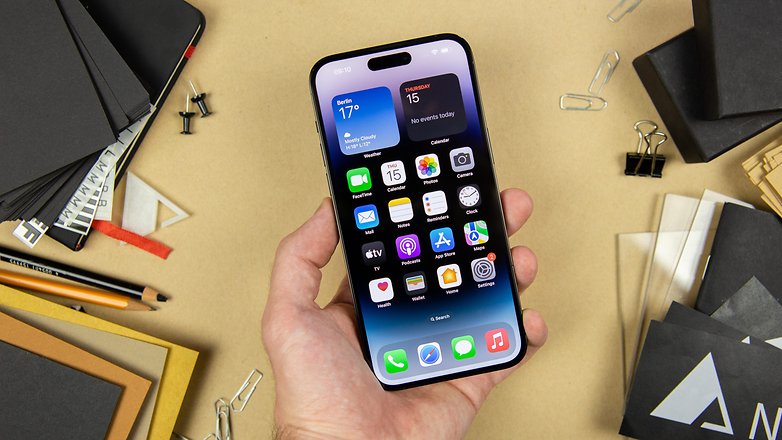
iPhone 14 (Plus) vs. iPhone 14 Pro (Max): SoC and performance
iPhone 14 and iPhone 14 Plus
For the first time this year, Apple differentiated its basic iPhone 14 from the 14 Pro in more ways than one, starting at the SoC level. Indeed, the iPhone 14 and 14 Plus are not entitled to feature the brand-new A16 Bionic SoC. They retained the same A15 Bionic from last year, but with the chipset that powers the iPhone 13 Pro.
In addition to the extra graphics core, Apple also increased the RAM count on the iPhone 14 and 14 Plus. You might think that the iPhone 14 and 14 Plus are outdated in terms of performance, but that is far from the truth. The SoC remains so powerful that it's hard to push it to its limits. You should even have enough power underneath the hood to last you for years to come.
Also, in his iPhone 14 Pro Max review, my colleague Antoine discovered that the performance gain wasn't that huge between the A16 and A15 Bionic. We put the iPhone 14 on the test bench and as you can see in the following table, both the iPhone 14 and 14 Plus do not fare too poorly:
| Apple iPhone 14 | Apple iPhone 14 Pro Max | |
|---|---|---|
| 3D Mark Wild Life | Too powerful | Too powerful |
| 3D Mark Wild Life Extreme | 2,431 | 3,362 |
| 3D Mark Wild Life Stress Test | Best loop: 9,761 Worst loop: 8,321 |
Best loop: 9,599 Worst loop: 8,121 |
| Geekbench 5 | Single core: 1,699 Multicore: 4,817 |
Single core: 1,885 Multicore: 5,406 |
iPhone 14 Pro and iPhone 14 Pro Max
Let's say it right away, the iPhone 14 Pro and 14 Pro Max are powerful, too powerful even for some benchmarks. Antoine even thinks they are as powerful as gaming smartphones with their add-on fans, both in terms of raw power and stability. Apple also worked hard to improve the energy efficiency scores this year.
Unlike the iPhone 14 and 14 Plus, the Pro models are powered by Apple's new A16 Bionic SoC that was manufactured using the 4nm process, integrating a 6-core CPU, a 5-core GPU, and 16 cores for the Neural Engine. Thus, the SoC is supposed to be 50% more powerful than the A15 Bionic and 40% more powerful than competing Android SoCs. You'll be able to play all the latest games and even edit 4K videos with ease on the iPhone 14 and 14 Pro Max.
iPhone 14 (Plus) vs. iPhone 14 Pro (Max): Camera module
iPhone 14 and iPhone 14 Plus
The iPhone 14 and 14 Plus both have a 12 MP camera but with a larger sensor that features 1.9 µm pixels, an aperture of f/1.5, and an optical stabilization function known as Sensor Shift OIS. The ultra wide-angle camera also has a 12 MP resolution, and Apple has placed a new 12 MP TrueDepth selfie camera with f/1.9 aperture and autofocus function in front.

The iPhone 14 we reviewed took good photos whether in daylight or at night where my colleague Ben noticed the improved detail and better saturation management in dark areas. Also, thanks to the autofocus function, the new selfie camera now takes sharper photos.
Apple's new Photonic Engine makes it possible to obtain better photos thanks to alternative processing of raw data from the camera sensors. In addition, it is now possible to shoot in 4K at 30 or 24 fps in Cinematic Mode. And then there's the new Action mode, allowing digitally stabilized shots to work well, albeit with some cropping. To learn more about the photo quality of the iPhone 14 and 14 Plus, check out our gallery of test photos:
iPhone 14 Pro and iPhone 14 Pro Max
The iPhone 14 and 14 Pro Max include all the new features of the basic iPhone 14 but goes one up with a triple camera module that now includes a 48 MP main camera instead of a 12 MP one with an aperture of f/1.78, a focal length of 24 mm, OIS Sensor Shift, and a quad-pixel system to perform pixel binning 4-in-1 (12 MP would be the final resolution). They also offer a dedicated 12 MP telephoto lens with f/1.78 aperture, 77 mm focal length, and OIS Sensor Shift.
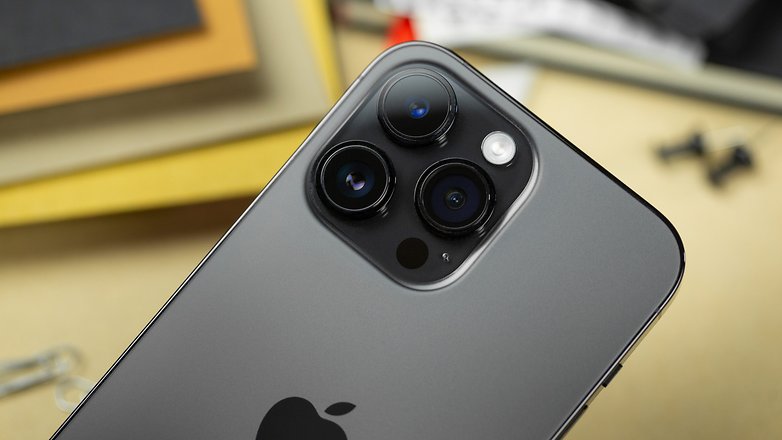
Marking one of the main differences between the iPhone 14 and 14 Plus, the new main camera allows for brighter photos with better exposure and a wider dynamic range. This gain in quality is especially beneficial for photos taken in low light conditions. This new camera takes 48 MP photos thanks to 4-in-1 pixel binning, resulting in final images of 12 MP.
Apple has also taken advantage of the higher resolution of the main sensor to offer a new 2x zoom. Although the zoom is digital, the quality is quite decent in addition to offering the right balance between x1 and x3, especially in portrait photos. As for the telephoto lens, it does a decent job without being the most exceptional option on the market, either. It offers a zoom of up to 15x and the photos taken with this zoom are quite usable.
All in all, the iPhone 14 Pro and 14 Pro Max are more versatile camera smartphones than the iPhone 14 and 14 Plus. To learn more about the photo quality of the iPhone 14 and 14 Plus, check out our gallery of test photos:
iPhone 14 (Plus) vs. iPhone 14 Pro (Max): Interface/OS
iPhone 14 and iPhone 14 Plus
The iPhone 14 and 14 Plus benefit from all the new features found in iOS 16. You can find all the information about the latest iOS version in our complete guide to iOS 16. Also, do check out our article on the best iOS 16 features to try out on your iPhone.
As for the best new feature, iOS 16 now allows for more complete customization of the lock screen. You'll be able to place widgets there and be more flexible than ever before.
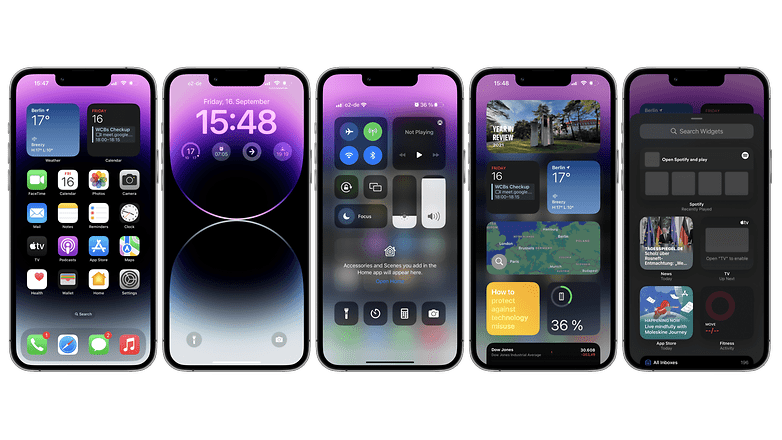
Apple also announced two interesting features: the first is a car accident detection feature called Crash Detection, which works similarly to the feature found on the Apple Watch 8. The iPhone 14 incorporates a new high dynamic range gyroscope as well as a dual accelerometer capable of detecting up to 256 Gs.
The second function would be the ability to place emergency calls via satellite known as Emergency SOS. It allows you to contact the nearest emergency service even if you do not receive a network on your iPhone. However, you must be outdoors and have a clear view of the sky to point the iPhone in the direction of the satellite (a small radar tells you in which direction to point it). Do take note that this function will be available in North America first without any further word on availability elsewhere.
iPhone 14 Pro and iPhone 14 Pro Max
In addition to all the features mentioned for the iPhone 14 and 14 Plus, the Pro models offer two unique features: the Dynamic Island and the Always-On-Display.
The Dynamic Island is an area of the screen that shows off animations for notifications, alerts, and other contextual information. It can expand, shrink, and even split to display certain background tasks such as your Uber driver who is on his or her way, or the score of your favorite soccer team's match (via iOS 16's Live Actions feature). Dynamic Island also allows you to display individual animations when you use Face ID. You can tap it to enlarge it and display more information like Apple Music playback controls or commands for a call, message, direction in Maps, etc.
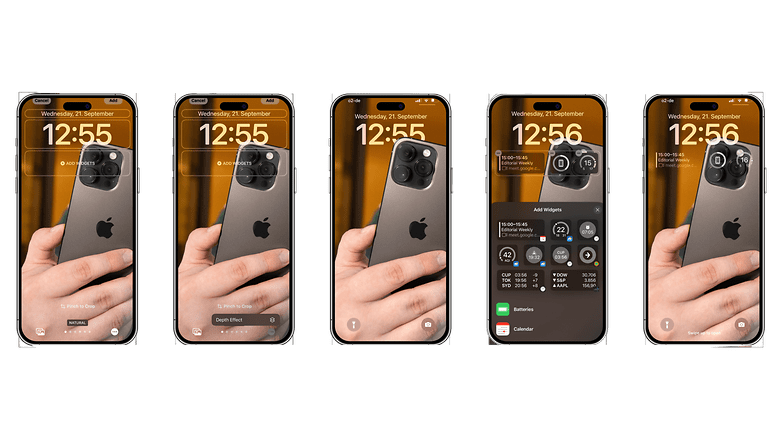
Also, this year, Apple has finally decided to offer the Always-On-Display feature. This function is already well-known on Android handsets and yet something so simple has been made complicated by Apple, if we may say so. Indeed, in addition to offering fewer customization options than Android, Apple allows you to apply a depth effect to your wallpaper but doing so is far from simple. The always-on wallpaper in AOD mode is quite disturbing and in the end, this feature with so much potential is nothing more than a slightly darker lock screen.
iPhone 14 (Plus) vs iPhone 14 Pro (Max): Battery life and fast charging
iPhone 14 and iPhone 14 Plus
The iPhone 14 has a very good battery life. In his review, Ben was able to use his handset for up to two days before making a trip to the nearest power outlet. If the iPhone 14's battery life isn't enough for you, the iPhone 14 Plus should be able to satisfy you up with its larger capacity battery. Both models support wireless charging as well as reverse wireless charging, so you can charge wirelessly either via MagSafe with your MagSafe accessories, or with any Qi-compatible charger.
The only flaws to point out are the Lightning port that Apple insists on keeping and the 20W wired fast charging that is simply unworthy in a 2022 flagship.
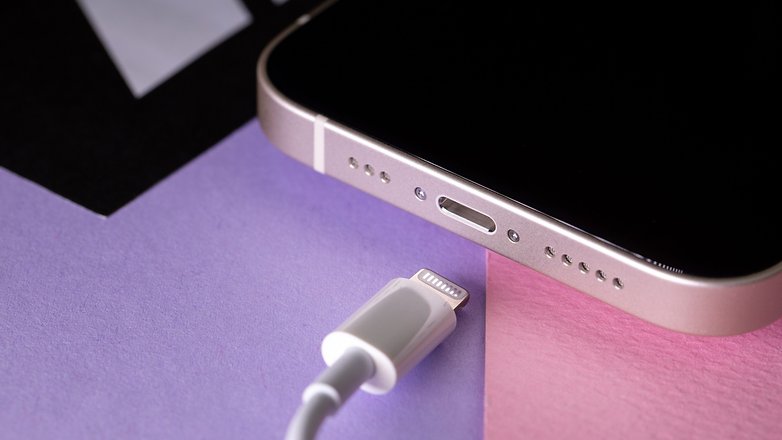
iPhone 14 Pro and iPhone 14 Pro Max
The iPhone 14 Pro both also offers good battery life that easily lasts all day, even with intensive use.
As for the iPhone 14 Pro Max, Antoine found that it had very good battery life. As an example during his review, he managed a screen time of 5 hours on average, gaming sessions of at least 30 minutes to an hour, running graphics benchmarks and photo-taking sessions, allowing him to easily use it for 10 hours before seeing the battery life fall below the 20% mark.
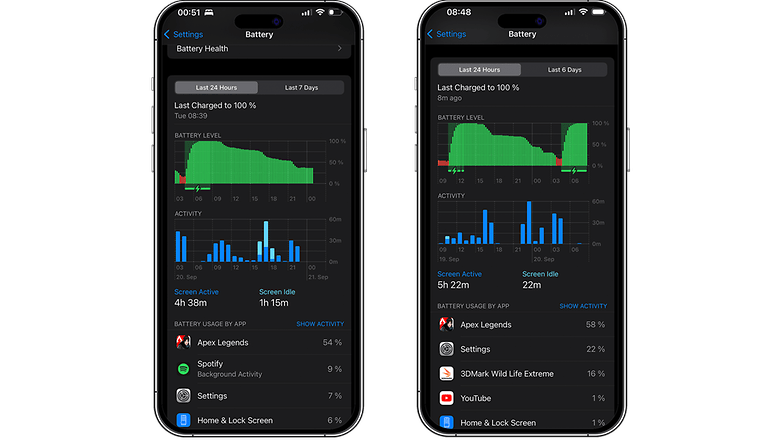
Hence, you can go a full day without having to charge the iPhone 14 Pro Max if you have a relatively normal usage pattern. Given the larger battery, the 20W fast charge is even more ridiculous on the larger model.
Conclusion: Which iPhone 14 model should I choose?
Without keeping you in suspense any longer, the only iPhone 14 worth recommending in 2022 is the iPhone 14 Pro. The iPhone 14 offers really too few new features to be interesting. It is almost identical to the iPhone 13 and is even more expensive outside of the USA. So, I'd advise you to go for an iPhone 13 or even an iPhone 13 Pro if you can afford it as you do not miss out much when skipping the iPhone 14.
As for the iPhone 14 Pro Max, it is simply too expensive with its entry-level price of almost $1,099. Foldable smartphones can afford to be so expensive because they really offer a unique user experience but the new camera or the Dynamic Island are simply not good enough reasons to pay so much for a smartphone.
These are all reasons that make the iPhone 14 Pro the perfect compromise, occupying the middle ground. It is certainly expensive but it allows you to benefit from all the new features. Unlike the iPhone 14 and 14 Plus, it is priced more reasonably than the iPhone 14 Pro Max. As my colleague Fabi mentioned in the title of his review, it is "The only iPhone to choose this year".



